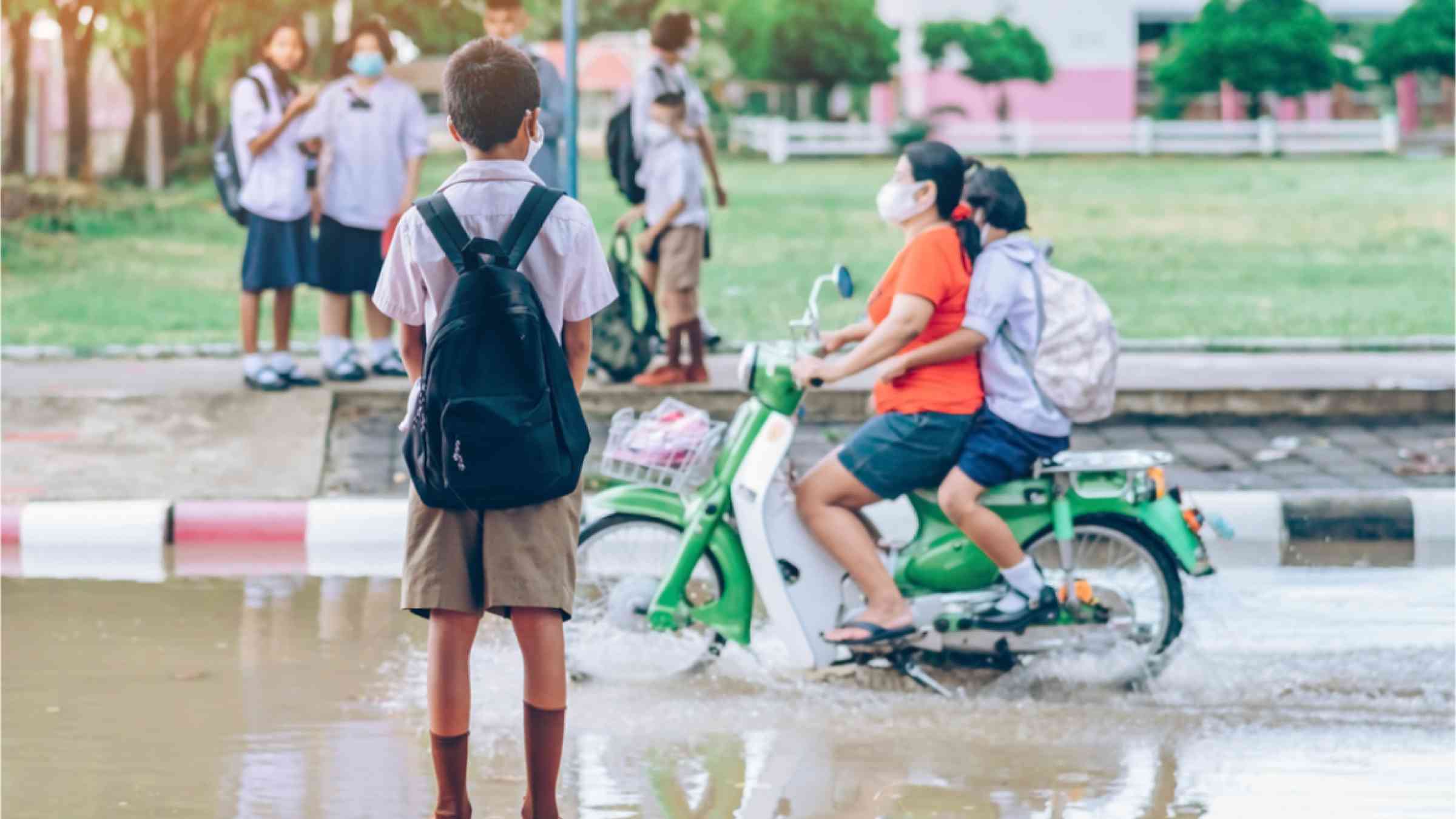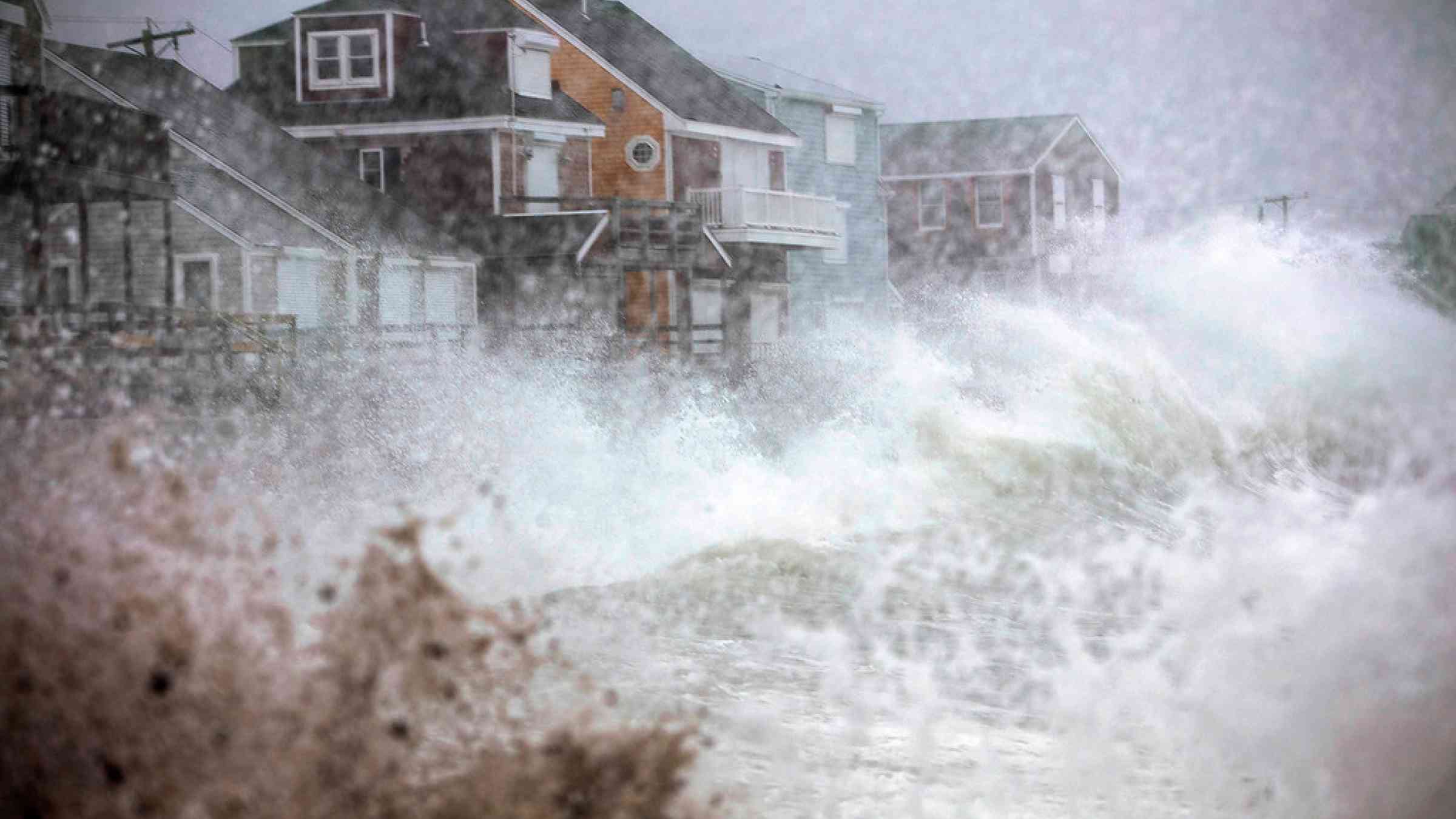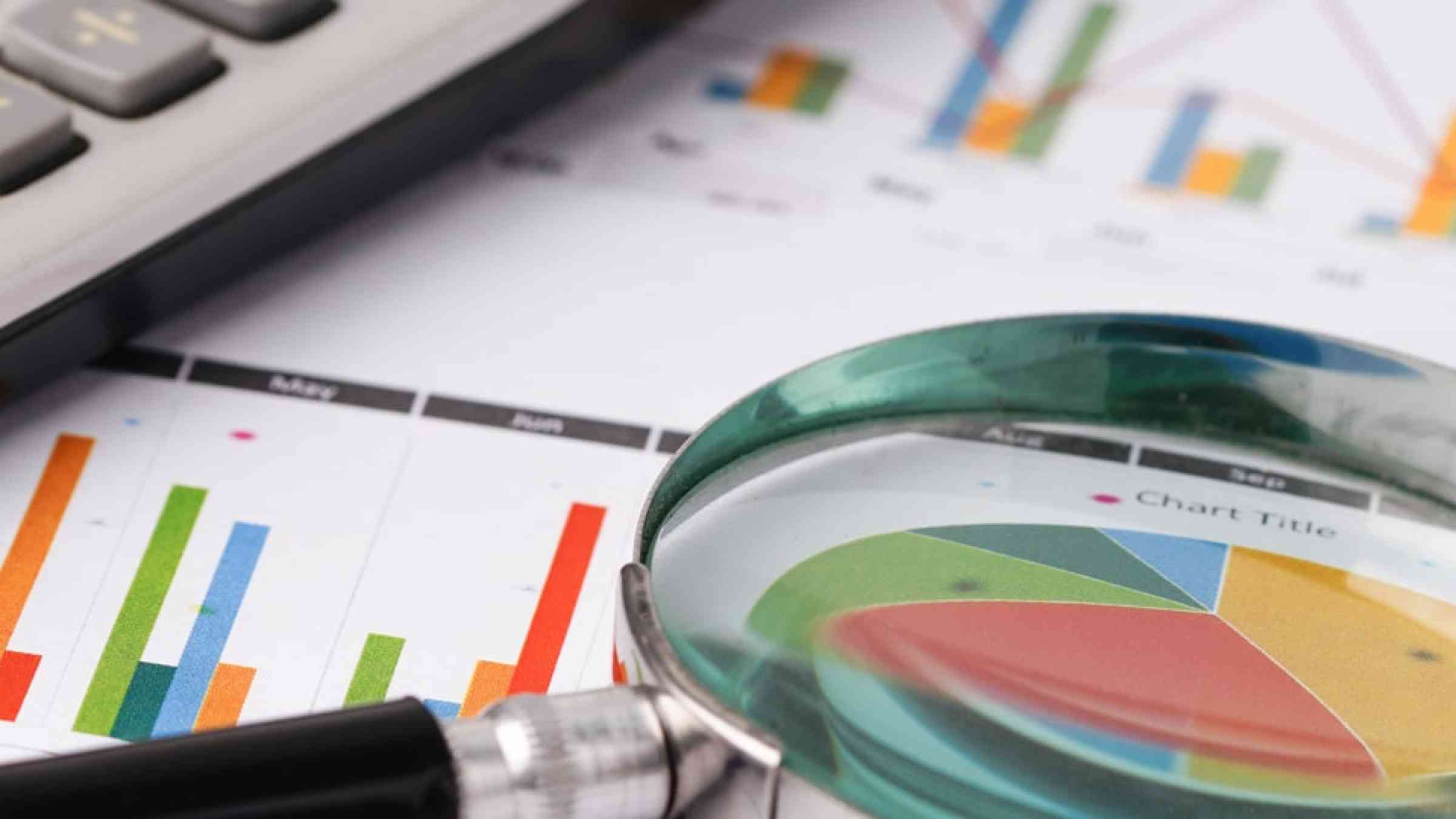Building risk knowledge
To build risk knowledge, we need a true picture of the risk we face. UNDRR collects and analyses risk data through a range of tools, sharing what we know (and being honest about what we don’t) through knowledge products like Words Into Action, and mobilising like-minded partners to incorporate data and knowledge in reducing risk more effectively.
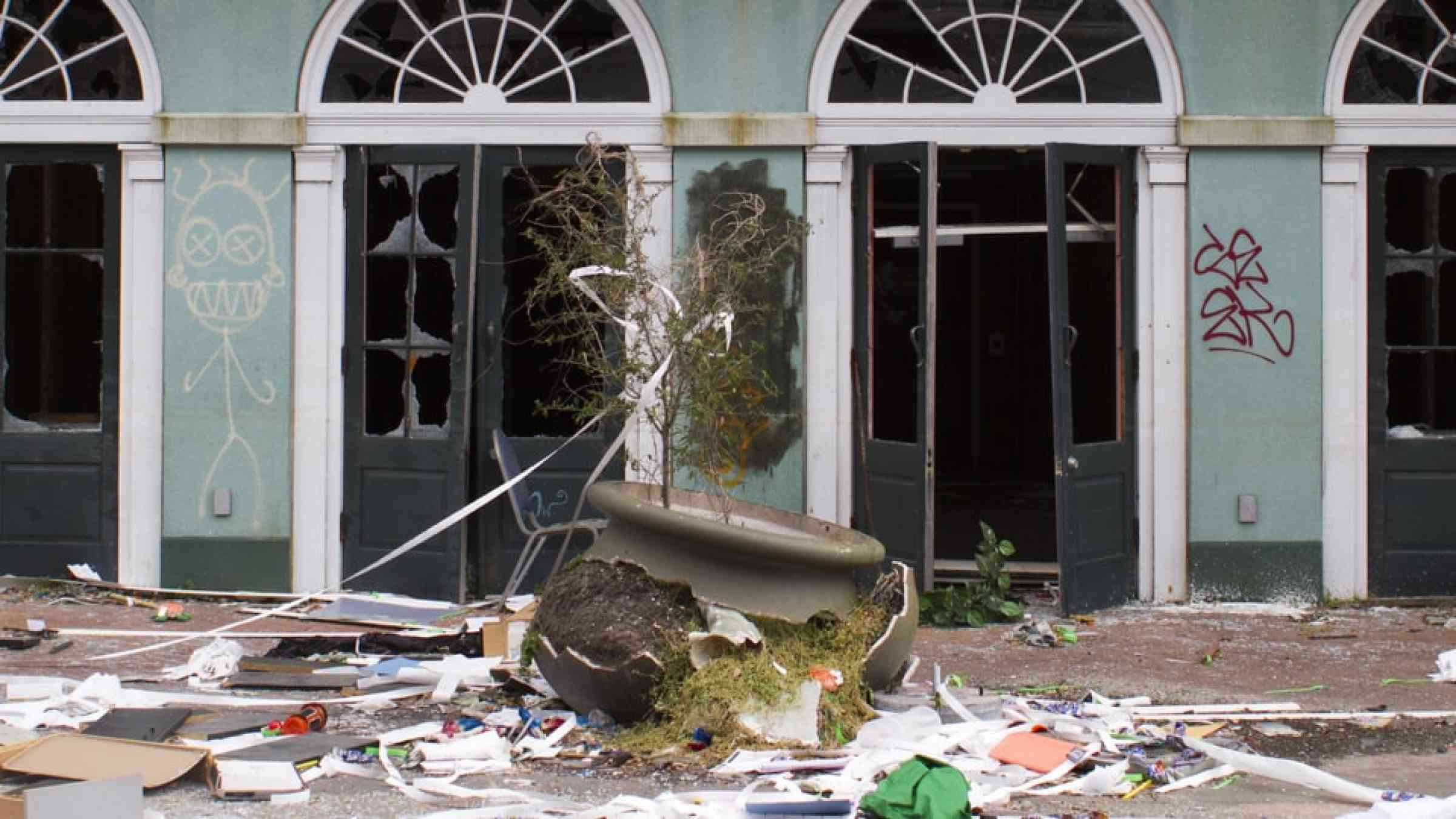
GAR
The UN Global Assessment Report on Disaster Risk Reduction (GAR) is the flagship report of the United Nations on worldwide efforts to reduce disaster risk. The GAR provides a robust update of what we know about risk, how Members States are progressing in their efforts to reduce risk, demonstrates best practice through a range of case studies and highlights areas that we need to know more about. The GAR is published every three years, with occasional special editions on topics of note. It is democratically produced, being contributed to by Member States, public and private disaster risk-related science and research institutions and individual experts.
PreventionWeb
PreventionWeb is the world’s only combined knowledge and community platform that deals exclusively with disaster risk reduction and resilience building. Not only will you find a curated collection of the latest information on different risk topics and themes, you can also contribute by sending your organisation’s latest work, blogging about your experiences in risk reduction, or using the free community workspace provided to build and connect with your DRR peers.
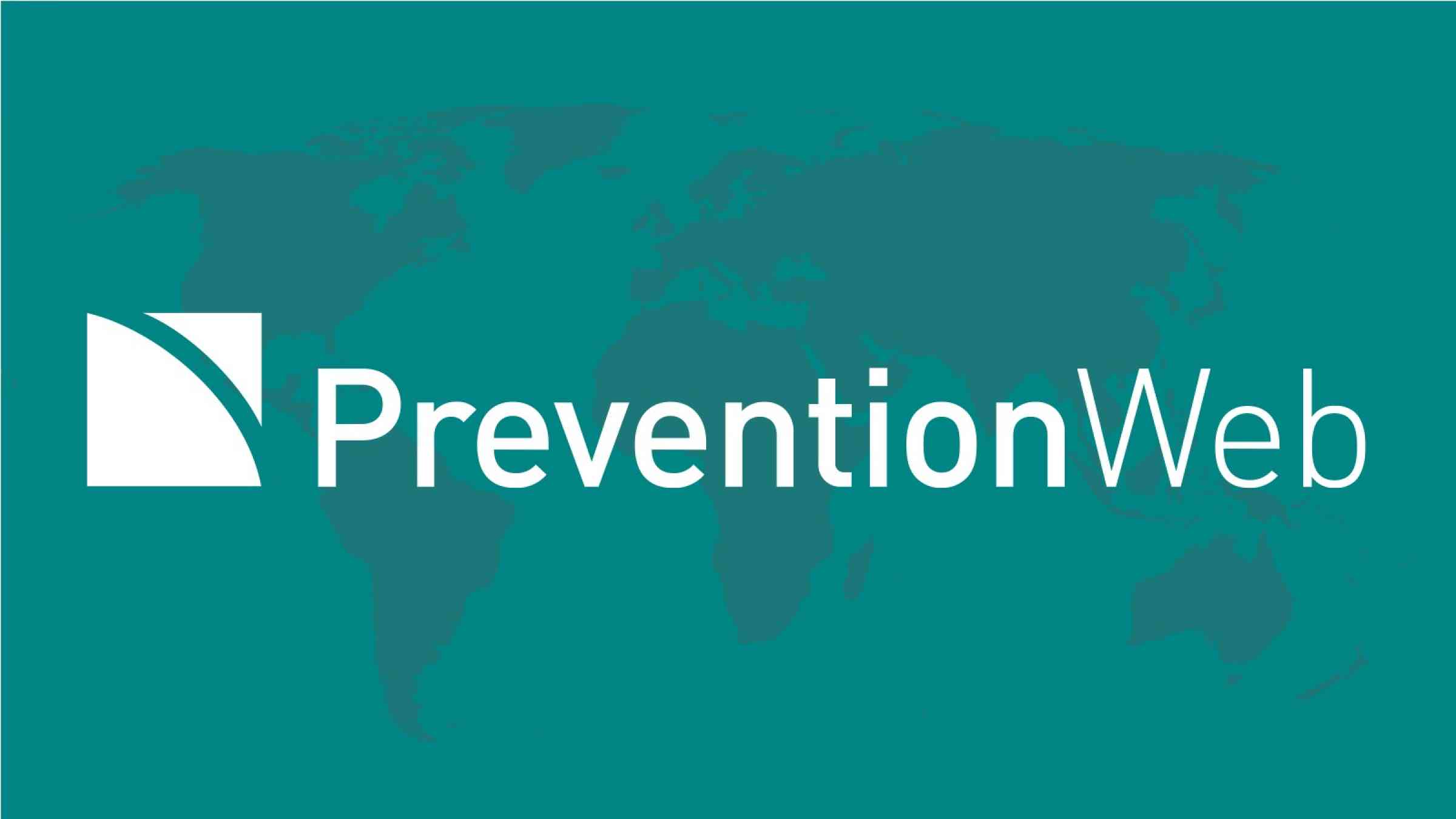
Disaster losses and damages tracking
UNDRR and partner organisations support countries in monitoring their progress in reducing losses and damages at national and sub-national levels through publicly-accessible disaster information management systems.
International Recovery Programme
The International Recovery Platform (IRP) is a global partnership working to strengthen knowledge and share experiences and lessons on building back better in recovery, rehabilitation, and reconstruction.
Publications
UNDRR produces a range of publications by collecting and analysing risk data through a range of tools, knowledge products, and mobilising like-minded partners.
DRR Terminology and Hazard Information Profiles (HIPs)
The Sendai Framework Terminology on Disaster Risk Reduction promotes a common understanding and usage of disaster risk reduction concepts and to assist the disaster risk reduction efforts of authorities, practitioners and the public, while the hazard information profiles (HIPs) offer a description of each of the 302 developed using a consultative process by scientists and experts across the globe.
Related
